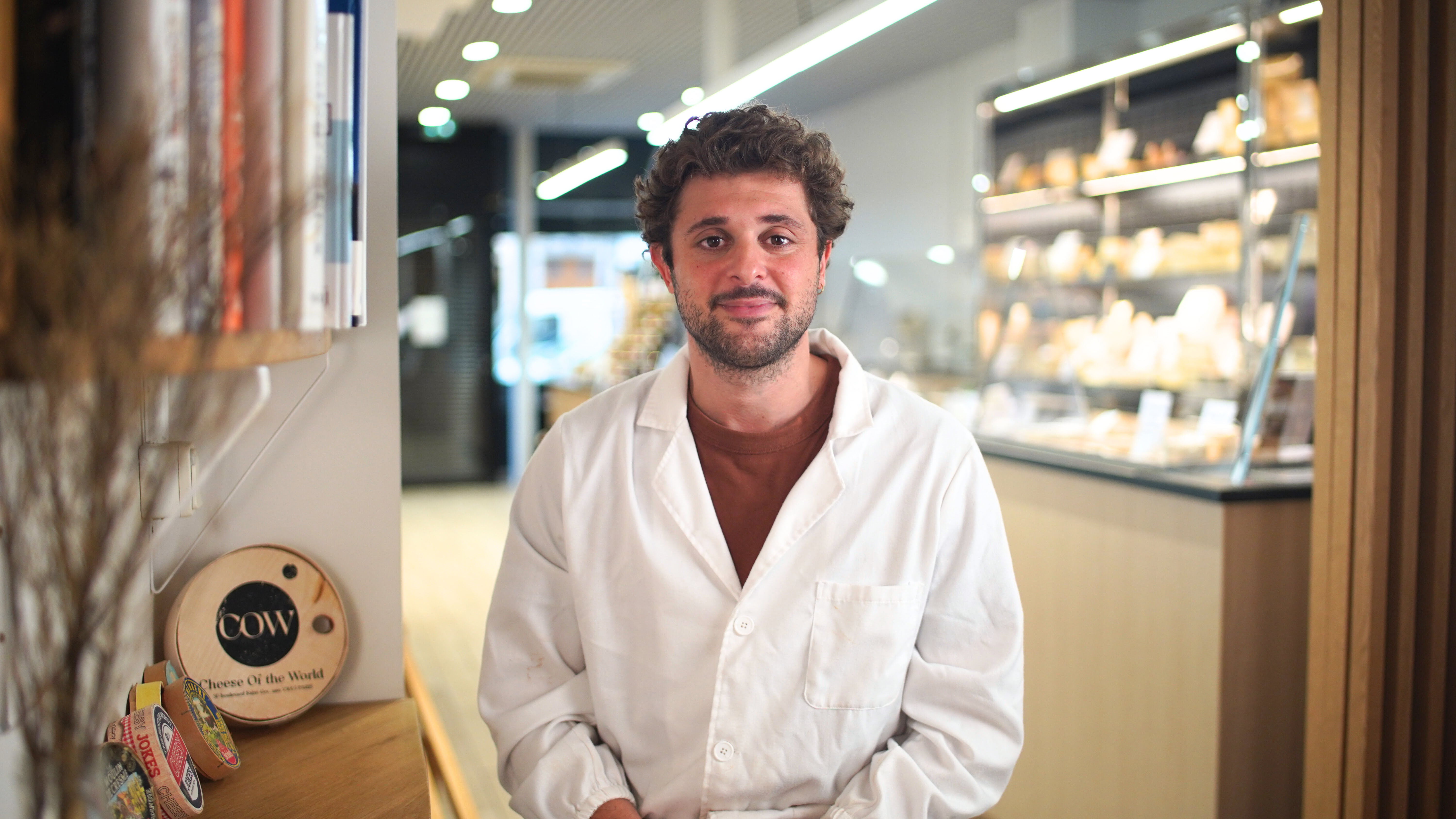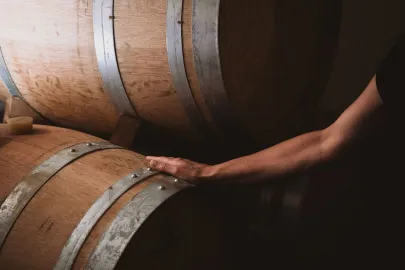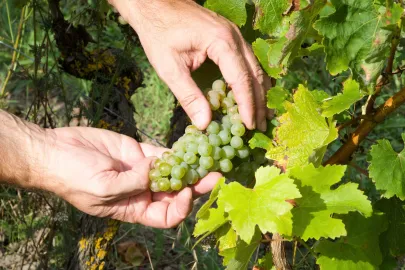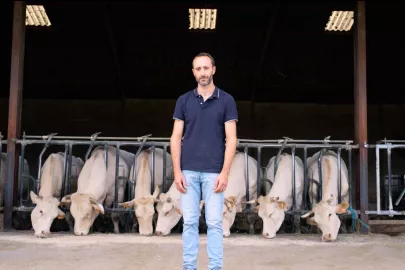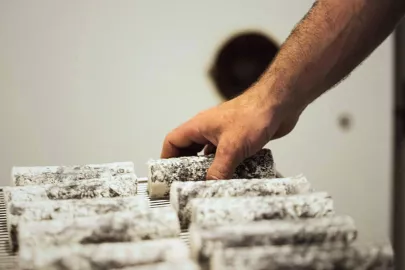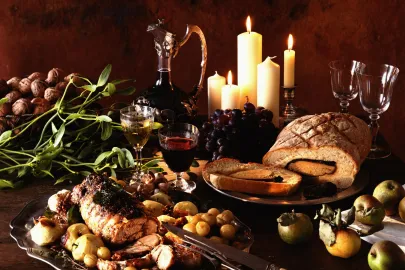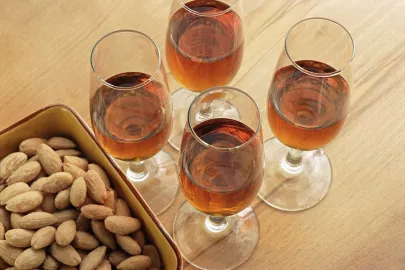In the heart of the Loire is Anjou Biquette farm, a small family-run business where Gaëtant Chauvet manages a herd of 130+ goats. These lively, gentle, cheeky creatures are the heart and soul of his farm’s main production: chèvre, or fresh goat cheese, made by hand and with plenty of love.
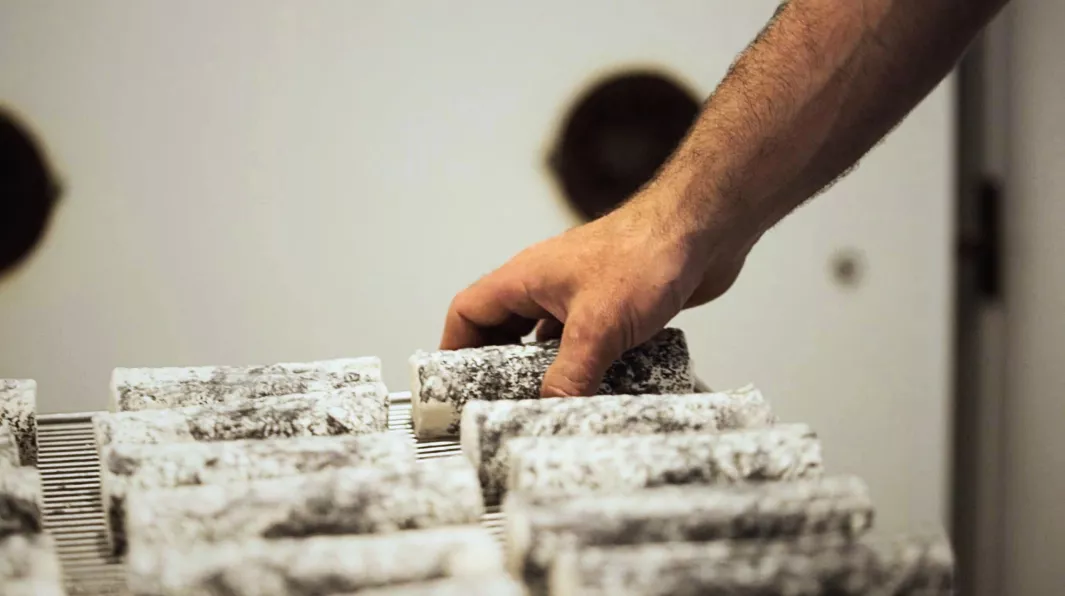
Gaëtant’s smile is infectious. The Co-Managing Director of Anjou Biquette farm, located just north-east of Nantes, the old Breton capital, looks right at home among the emerald green leaves dotting the branches overhead.
Happy goats, quality product
He’s surrounded by a herd of little brown goats. Their coats are shiny; bleating and chattering amongst themselves, they look happy and healthy. Gaëtant reaches down, gently petting the head of a nearby kid. This, says Gaëtant, is key to the quality of their product. He pulls down a branch, and a sea of them surge forward, hovering and reaching for the otherwise hard-to-reach nibbles. It’s part of a ‘parcours,’ or a route the farm has created for their goats.
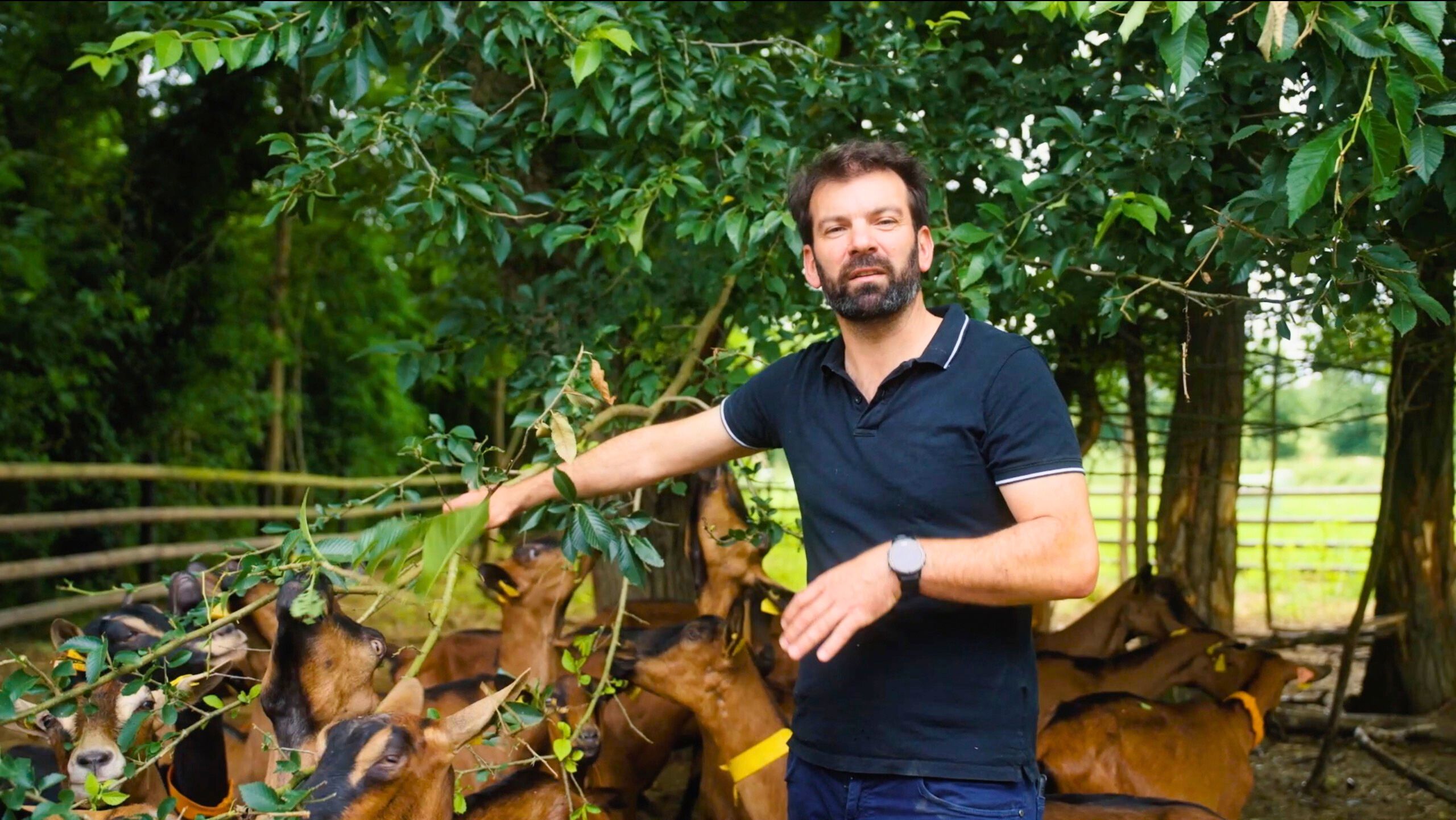
“The idea is to give them a place that’s shaded, with a lot of trees,” explains Gaëtant, “somewhere they can pass their days and live their lives. They have access to the buildings, and can come and go as they please, to live peacefully. Their well-being is very important.”
Happy goats produce good milk, explains Gaëtant, but it also comes down to their breed.
“We chose the French Alpine goat for their milk’s fromageabilité, or the ability to be transformed into cheese. The milk they produce has a good blend of fat and protein. It’s the fat that gives flavour, but the protein is what transforms the liquid to a solid, from milk to yoghurt or cheese.”
According to the French agricultural ministry, the national dairy industry collected a total of 527 million litres of goat milk in 2022, representing a 1.7% increase compared to the year before. This increase has been seen year-on-year since 2018, suggesting a dynamic industry, robust and growing thanks to a quality product.
Gaëtant’s team also makes an important decision when it comes to their nutrition. On Anjou Biquette, the goats’ feed is hay, produced directly on the farm, and a starch-free feed, a choice that elevates the quality of their milk and cheese, giving the milk a very typical character.
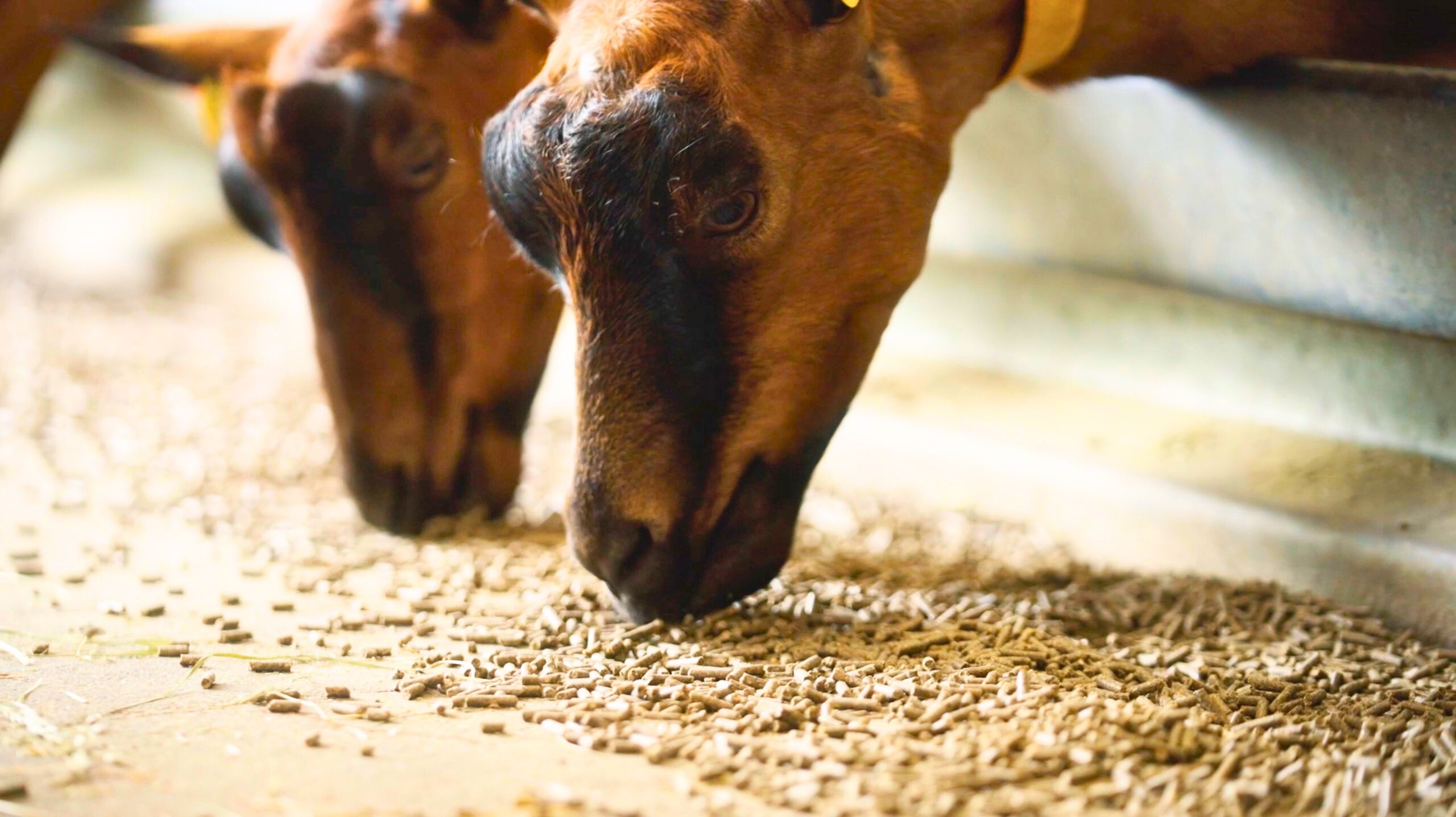
From milk…
Each day at 6am, the team at Anjou Biquette move the goats into their milking sheds. This is the first of two milkings, the other taking place at around midday.
“This is also a moment of observation for us,” says Gaëtant. “We check for any cuts and bruises, injuries and illnesses. We really take our time to do so.”
Anjou Biquette produces 100,000 litres of fresh goat milk. France is the world’s leading exporter of goat cheese, with 714 million litres of milk produced in 2023 alone. France is also the world’s leading manufacturer of chèvre, with more than 122,000 tonnes produced in 2022. Of the country’s 6,000 goat milk producers, only 50 percent transform their milk into cheese on-site — one of which is Anjou Biquette.
…To cheese
To make a single kilogram of goat cheese, it requires an average of 6.5 litres of fresh milk. Once the team has collected the milk, cultures are added directly to the milk.
“Like yeast to the baker, we have our own cultures,” says Gaëtant. “This begins the curdling process, in French called the ‘caillage.’ This process lasts about twenty hours, and once ready, we flip them in their moulds, salt them, and leave them for another 24 hours. From then, they’re ready to dry in our drying caves.”
Within these ‘caves’ is where the ‘affinage’ process begins, called ‘ripening’ or ‘maturing’ in English. This process brings out the different flavours in cheese. Gaëtant’s cave is filled with chèvres of varying stages of maturation, each labelled with a different date. Once cheeses are deemed ready, they are moved out from the cave and fresh cheese moved in to replace them.
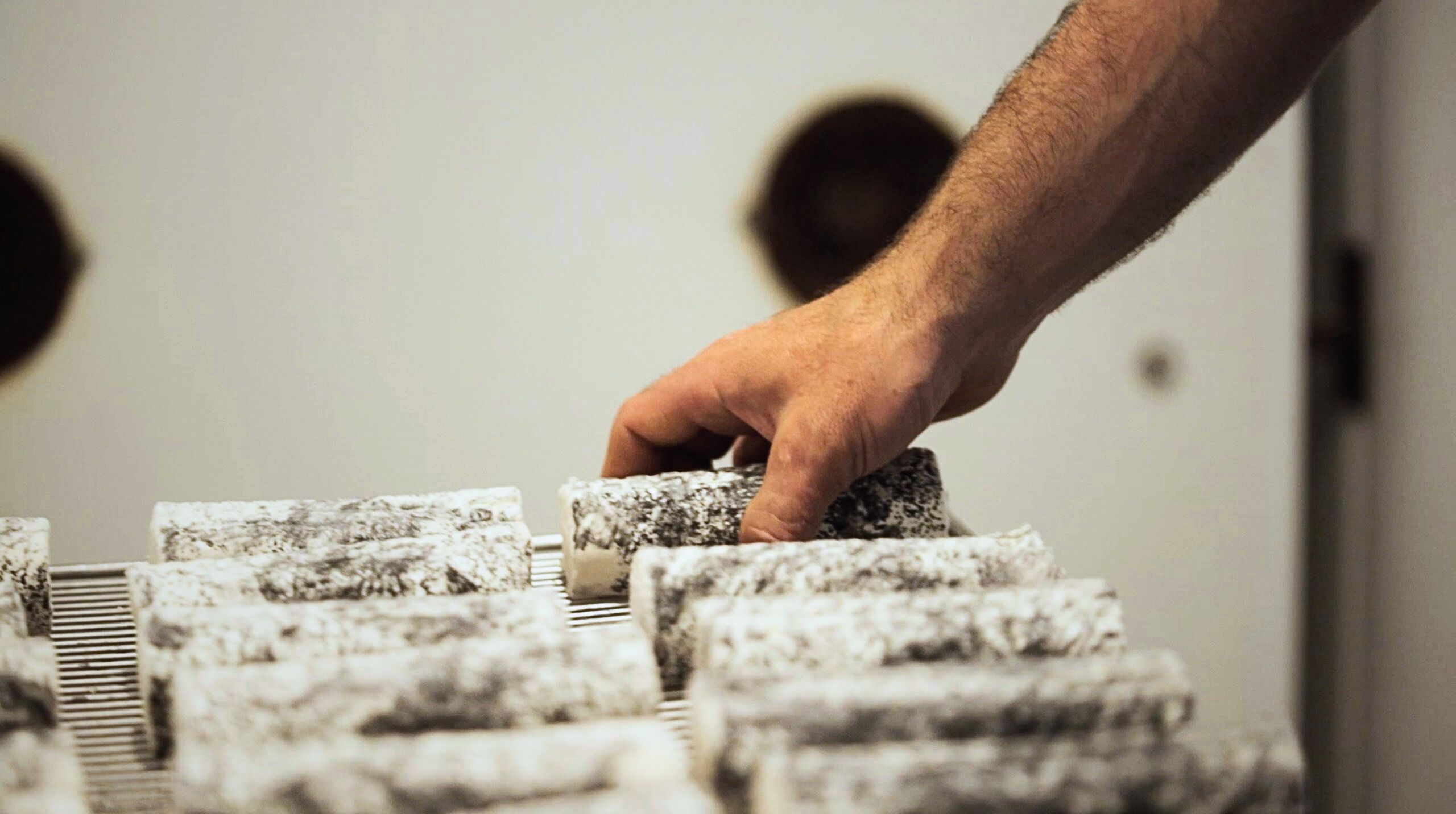
…To cheese
To make a single kilogram of goat cheese, it requires an average of 6.5 litres of fresh milk. Once the team has collected the milk, cultures are added directly to the milk.
“Like yeast to the baker, we have our own cultures,” says Gaëtant. “This begins the curdling process, in French called the ‘caillage.’ This process lasts about twenty hours, and once ready, we flip them in their moulds, salt them, and leave them for another 24 hours. From then, they’re ready to dry in our drying caves.”
Within these ‘caves’ is where the ‘affinage’ process begins, called ‘ripening’ or ‘maturing’ in English. This process brings out the different flavours in cheese. Gaëtant’s cave is filled with chèvres of varying stages of maturation, each labelled with a different date. Once cheeses are deemed ready, they are moved out from the cave and fresh cheese moved in to replace them.
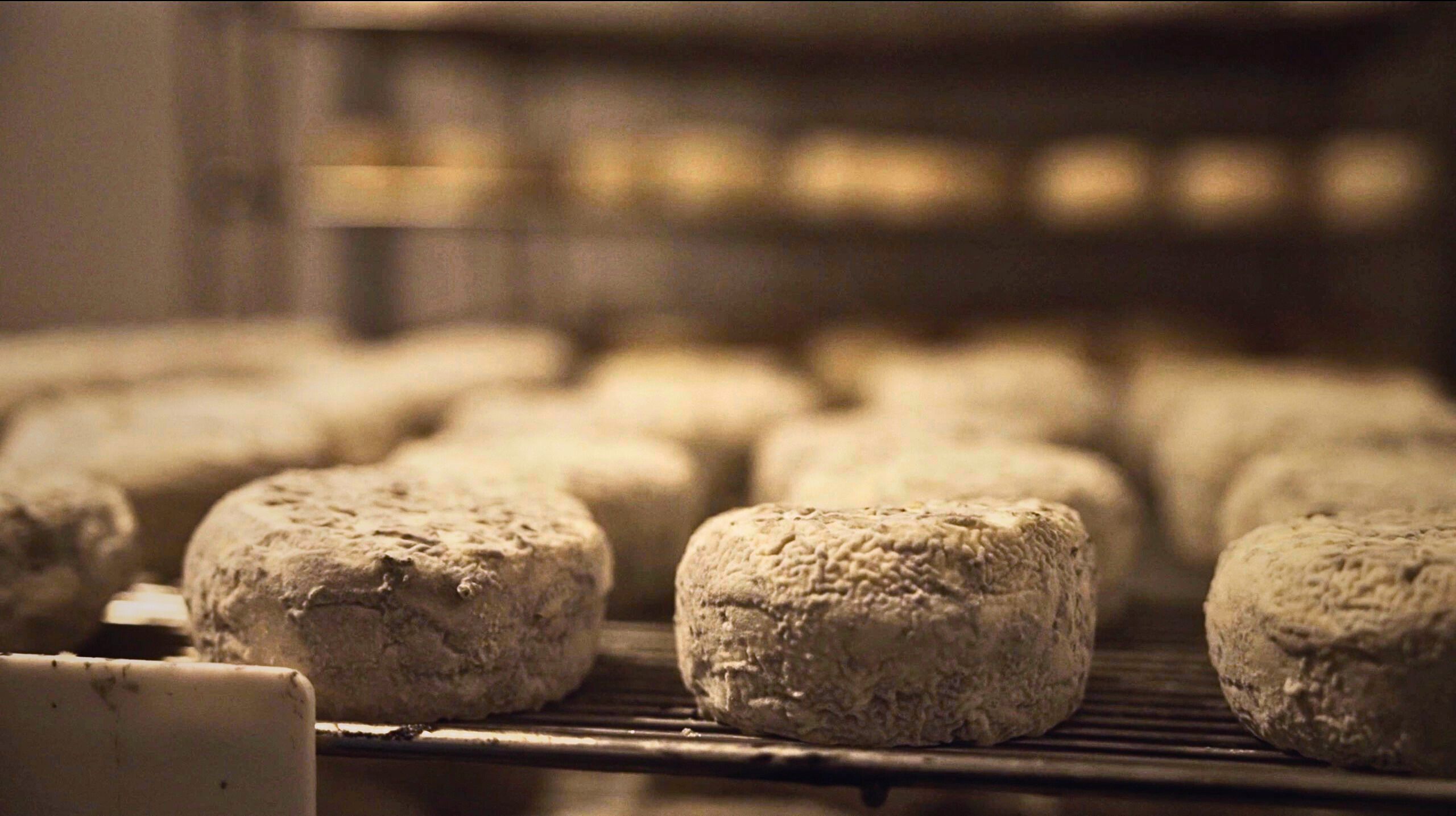
“This is the best part of our jobs: tasting the cheese,” Gaëtant grins. He gently — though efficiently — pulls apart a round, ripe chèvre, revealing the soft white centre. There really is only one way to know the quality of cheese: a single bite reveals whether it has the right texture and flavour that the market demands.
Thankfully, Anjou Biquette often gets it right. Gaëtant’s team manages the entire process, from caring for their goats, milking, fermenting, maturing, and even the sales process. With such strong in-house expertise, it’s no wonder the farm is now expanding to develop a new fromagerie that will allow them to produce even more chèvre, allowing them to further diversify their products.
“Clearly, [our success] comes from the mastery of our entire process. What I appreciate most about this job is clearly the control over the whole process, from milk production to cheese processing and selling our products”, smiles Gaëtant.
French farms to world tables
France is the world leader in both production and consumption of goat cheese; 85.1 percent of French households purchase goat cheese, with 74 percent of the country’s total production consumed locally. However, it’s a product that can fit into any kitchen.
The simplest, of course, is a well-rounded cheese and charcuterie board. Cheesemonger Fabrice Gepner would suggest pairing your cheese — any cheese, really — with a wine. White wines typically pair well, but if you’re at a loss with so many options, go with one from the Loire.
“They work well with most cheeses,” explains Fabrice.
For a more advanced use of goat cheese, start with a simple baguette. A mild, soft chèvre, like the Sainte Maure de Touraine, is a gentle addition to thin slices of smoked duck breast and slivers of sweet green grapes, very reminiscent of the flavours seen in the south-west of France. For a similar sweet-savoury snack, these puff pastries stuffed with sweet Limousin apples and tangy fresh chèvre are deceptively easy to prepare. Alternatively, mini fresh goat cheese and cherry tomato tartelettes tatin are as impressive to look at as they are to eat, and with a swift drizzle of sticky honey just prior to serving, are perfectly moreish.

